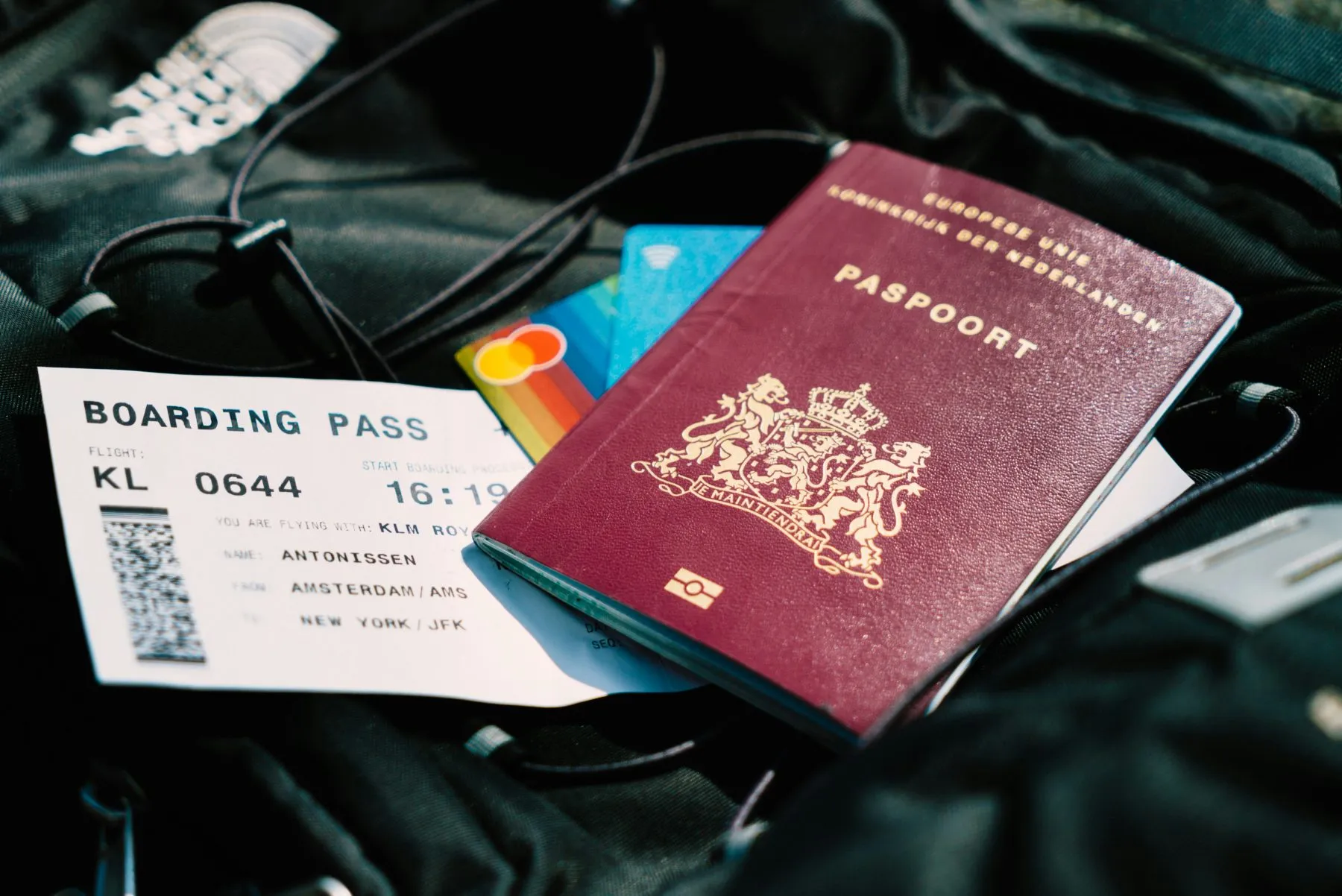Tariffs and Travel: What Trump’s Trade Moves Could Mean for Airlines

Skift Take

Trump’s Impact on Travel
Read how the first 100 days of U.S. President Donald Trump’s actions and policies are shaping the future of travel, and get insights into the industry's evolving response.President Trump has started his term threatening tariffs on several key trading partners. A 25% duty on imports of aluminum and steel is due to come into effect March 12 and there’s a potential trade war looming with Canada, the top source of inbound travel to the U.S.
The thinking is that tariffs will make imports more expensive and increase purchases of American-made products.
There could also be an impact on aircraft costs, airline operations, and, ultimately, airfares, says Gad Allon, professor at the University of Pennsylvania Wharton School and director of the Jerome Fisher Program in Management and Technology.
The issue is that supply chains for aircraft manufacturers are incredibly complex. “A commercial aircraft contains more than 2 million parts, many sourced from Europe and Asia,” said Allon. “Retaliatory tariffs — such as those imposed by the European Union — can increase costs for essential components like avionics, landing gear, and engines by 5% to 10%, translating to an additional $3 to $5 million per aircraft.”
However, any effects are likely to take many months, if not years, to develop. “It’s unlikely you’d see this happen quickly — supply chains take years to build and how long Trump’s tariffs could last is highly uncertain — but in the event of a full-blown trade war, it’s unlikely that air travel would remain immune,” said Scott Keyes, founder of flight deals app Going (formerly Scott’s Cheap Flights).
Clues from Previous DisputesTo get an idea of how tariffs might play out, we
